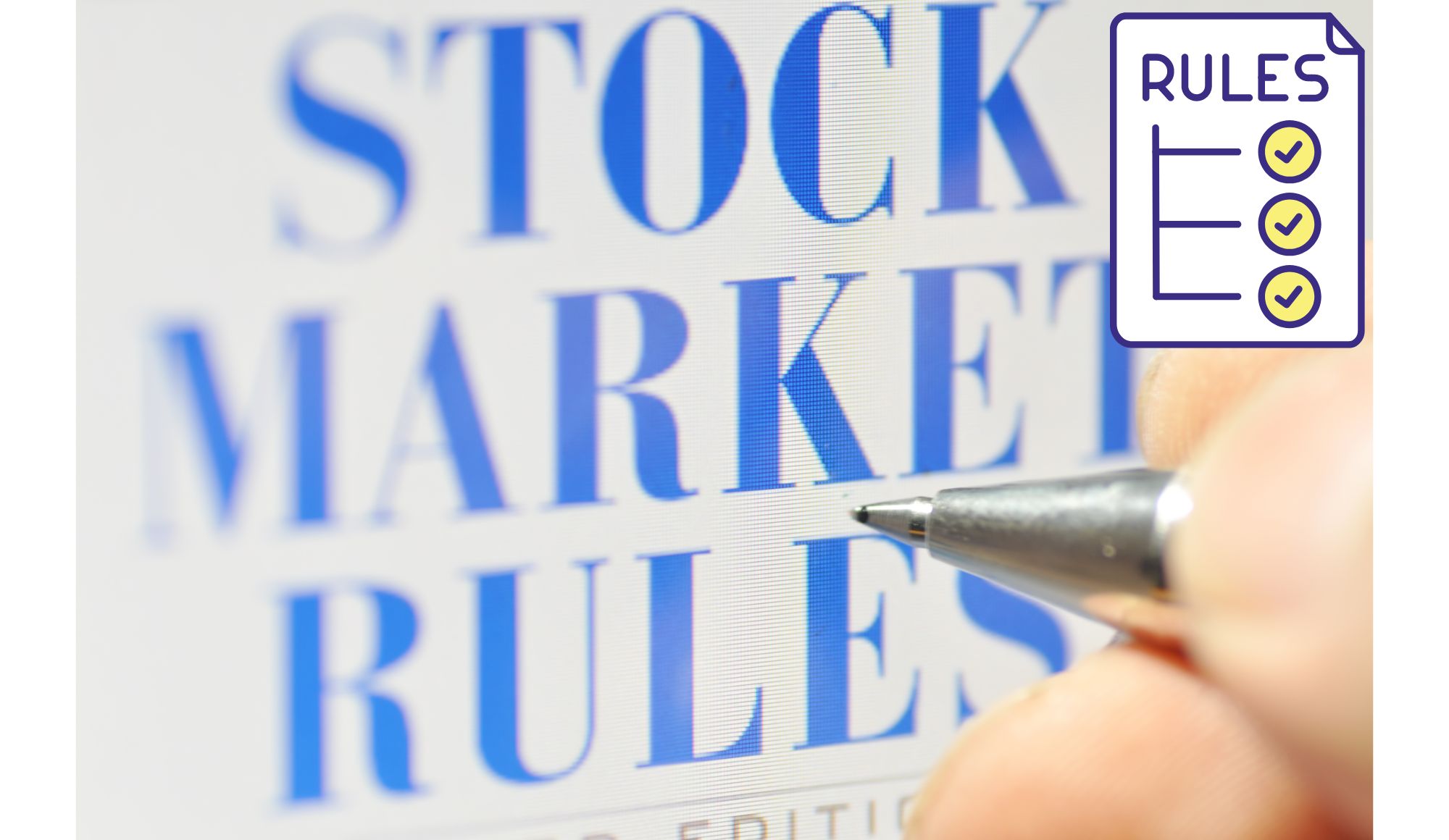5 Rules To Successful Trading
If you’re going to trade, do it right. You don’t need eight fancy screens and an elaborate setup but what you do need is a serious understanding of what it takes to make money regularly.
First thing is you need to really understand that few traders are actually good at picking stocks. One professor recently came out and said even Buffett was not a particularly good stock-picker, he just had a good understanding of valuation long before most others. So if Buffett has a high percentage of losers, what chances do ordinary traders have?
Well, the good news is you don’t have to be particularly good at picking stocks. Heck, you could even be 50:50 in your record of winners and losers. What matters most is that you keep your losses small, and the way to do that is to trade with stop losses, always.
That’s perhaps the most important rule, but what other key rules round out the top 5?
Key Points
- Successful trading hinges more on risk management than consistently selecting winners.
- Implement stop losses rigorously to limit losses in order to preserve capital over the long term.
- During losing streaks, resist increasing position sizes. Secure profits by selling portions of your position as targets are met.
Rules to Successful Trading
Beyond letting winners run and cutting losers short, it’s imperative to sit when necessary in cash until the right opportunities come along. They always will but it will feel like an eternity sometimes sitting in cash and watching on the sidelines when not a whole lot is going on. Wait for the breakouts before stepping in to purchase, otherwise it’s just speculative gambling.
Now keep in mind if you’re investing for the long-term it’s a different story. You can set a regular schedule where you purchase a Vanguard fund or some other S&P 500 equivalent that you can “set and forget” for the next few decades. But when you’re trading, you’ll need to be more patient and diligent about when to pounce.
And that brings us to another rule which is to not build your position size when you’re on a losing streak. It’s really easy to get tempted to double down or triple down or even quadruple down but often a stock that falls 50% can call another 50% or 60% or 70% or more. Better to simply take the loss at first and move to the next opportunity. The bottom line is don’t ever add to a losing position.
Know When To Sell
Lastly, it’s crucial to lock in gains when you actually generate profits. And similarly when you have a big win, don’t hang on so long that it turns into a losing position.
There are few worse feelings than being up big only to let profits slip away and turn into hefty losses. If you’re not sure when to sell, consider scaling out for example selling half or a quarter of a position and letting the rest ride to your next target exit price.
If the price advances to the next target, great, but if not and the price returns to where your first exit took place that’s okay too. Sell, and move on.



